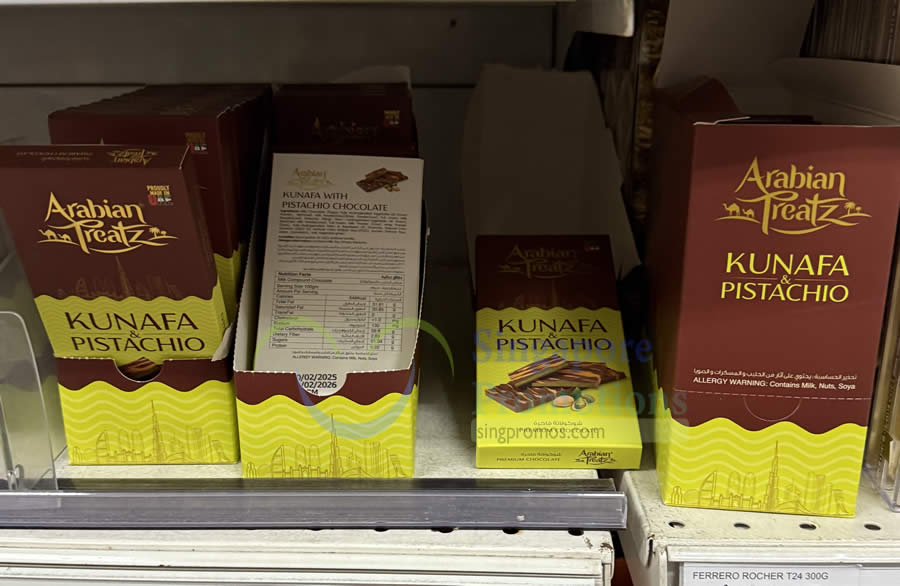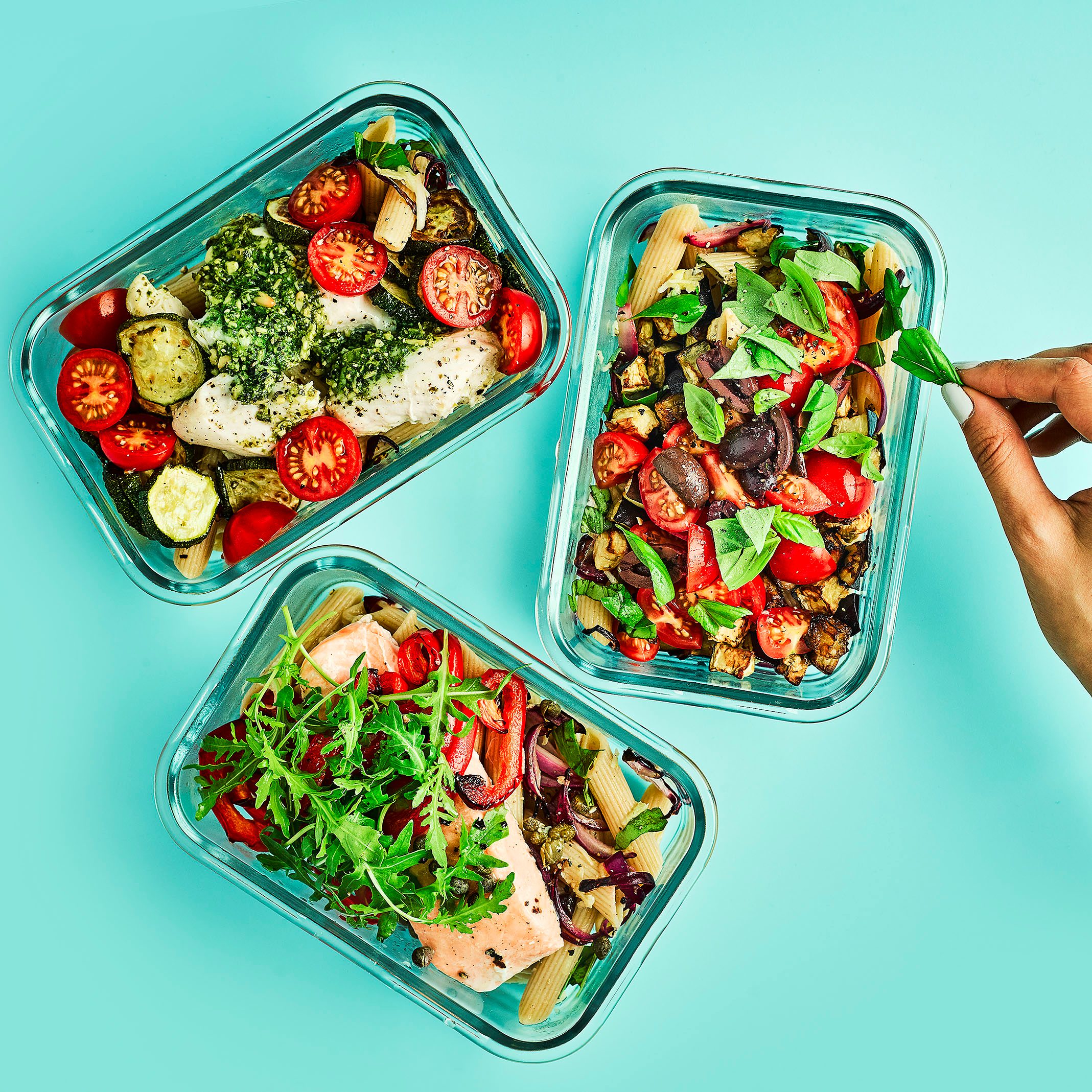
Managing blood sugar effectively is a cornerstone of diabetes care, and in Singapore, this often involves navigating a rich and diverse culinary landscape. The good news is that with thoughtful planning and an understanding of dietary strategies, individuals with diabetes can enjoy the vibrant flavors of Singaporean cuisine while keeping their blood glucose levels in check. This article focuses on practical dietary approaches and meal plan ideas tailored to the Singaporean context for successful diabetes management.
The Power of Diet in Diabetes Management: A Singaporean Perspective
Diet plays a pivotal role in regulating blood sugar, alongside medication and exercise. For individuals in Singapore living with diabetes, adopting a well-structured eating plan can lead to:
- Stable Blood Glucose Levels: Consistent and mindful food choices help prevent drastic spikes and dips in blood sugar.
- Weight Management: A balanced diet can contribute to achieving and maintaining a healthy weight, which is crucial for diabetes management.
- Improved Cholesterol and Blood Pressure: Dietary modifications can positively impact cardiovascular health, a significant concern for individuals with diabetes.
- Increased Energy Levels: Consistent blood sugar control often translates to more stable and sustained energy throughout the day.
- Enjoying Local Cuisine: With the right strategies, you don’t have to sacrifice the delicious flavors of Singaporean food.
Key Dietary Strategies for Diabetes Management in Singapore:
Navigating the hawker centers and local eateries requires an understanding of key dietary principles:
- Prioritize Low Glycemic Index (GI) Foods: The GI measures how quickly a food raises blood sugar levels. Opt for lower GI choices like whole grains (brown rice, wholemeal bread), non-starchy vegetables, legumes, and most fruits in moderation. This helps in gradual blood sugar release.
- Control Portion Sizes: Be mindful of how much you’re eating, especially for carbohydrate-rich foods like rice, noodles, and sugary drinks. Using smaller plates and measuring portions can be helpful.
- Balance Your Meals: Aim for a balanced intake of carbohydrates, protein, and healthy fats in each meal. Protein and fats help slow down carbohydrate absorption, leading to more stable blood sugar.
- Choose Healthier Cooking Methods: Opt for steaming, grilling, baking, or stir-frying over deep-frying. This reduces the intake of unhealthy fats.
- Be Mindful of Added Sugars: Limit sugary drinks (like bubble tea, sweetened beverages), desserts, and processed foods with hidden sugars, which can cause rapid blood sugar spikes.
- Increase Fiber Intake: Fiber-rich foods like vegetables, fruits, and whole grains help regulate blood sugar levels and promote satiety.
- Stay Hydrated: Drink plenty of water throughout the day. Avoid sugary drinks and limit fruit juices.
- Read Food Labels: Pay attention to carbohydrate content, sugar content, and serving sizes when choosing packaged foods.
Delicious Singaporean Meal Plan Ideas for Diabetes Management:
Here are some examples of diabetes-friendly Singaporean meals, focusing on lower GI choices and balanced nutrition:
- Breakfast:
- Wholemeal bread with a thin layer of unsweetened peanut butter and a hard-boiled egg.
- Plain oats porridge with added vegetables and a small amount of lean protein (e.g., shredded chicken).
- “Kopi O Kosong” (black coffee without sugar) or unsweetened tea.
- Lunch:
- Chicken Rice (less rice, more vegetables): Opt for brown rice if available, remove the skin from the chicken, and ask for extra steamed vegetables. Avoid the sweet black sauce.
- Fish Soup (without noodles or with wholemeal noodles): Choose clear broth options and load up on vegetables and fish.
- Chapati with Vegetable Curry (less gravy): Choose wholemeal chapati and focus on the vegetables in the curry, limiting the rich gravy.
- Yong Tau Foo (with minimal fried items, choose clear soup): Select more vegetables and tofu, limit fried items and processed balls, and opt for clear soup with minimal added sauces.
- Dinner:
- Steamed fish with plenty of green leafy vegetables and a small portion of brown rice.
- Stir-fried mixed vegetables with lean protein (chicken, tofu, or fish) and a small portion of quinoa.
- Loh Bak (braised pork belly – in moderation due to fat content) with ample steamed vegetables and a small portion of brown rice.
- Taukwa Goreng (firm tofu stir-fry – control oil usage) with a side of green vegetables.
- Snacks (in moderation):
- A small apple or pear.
- A handful of unsalted nuts.
- Plain yogurt (unsweetened).
- A small cucumber with hummus.
Important Considerations for Diabetes Meal Planning in Singapore:
- Individual Needs: Meal plans should be individualized based on your blood sugar levels, medication, activity level, and preferences. Consulting a registered dietitian in Singapore specializing in diabetes is highly recommended.
- Cultural Sensitivity: It’s important to create meal plans that are culturally appropriate and enjoyable to ensure long-term adherence.
- Dining Out: When eating out in Singapore, be mindful of hidden sugars, high sodium content, and large portion sizes. Make informed choices and don’t hesitate to ask for modifications (e.g., less sauce, more vegetables).
- Regular Monitoring: Consistent blood sugar monitoring helps you understand how different foods affect your levels and allows for adjustments to your meal plan.
Empowering Your Health Through Delicious Choices:
Managing blood sugar through diet in Singapore doesn’t mean restricting yourself to bland or unappetizing food. By understanding the principles of low GI eating, portion control, and balanced nutrition, you can create delicious and satisfying Singaporean meal plans that support your diabetes management goals. Embrace the flavors of Singapore mindfully, make informed choices, and take control of your health one delicious meal at a time. Consulting a healthcare professional or registered dietitian is your best first step towards creating a personalized and effective dietary strategy.









